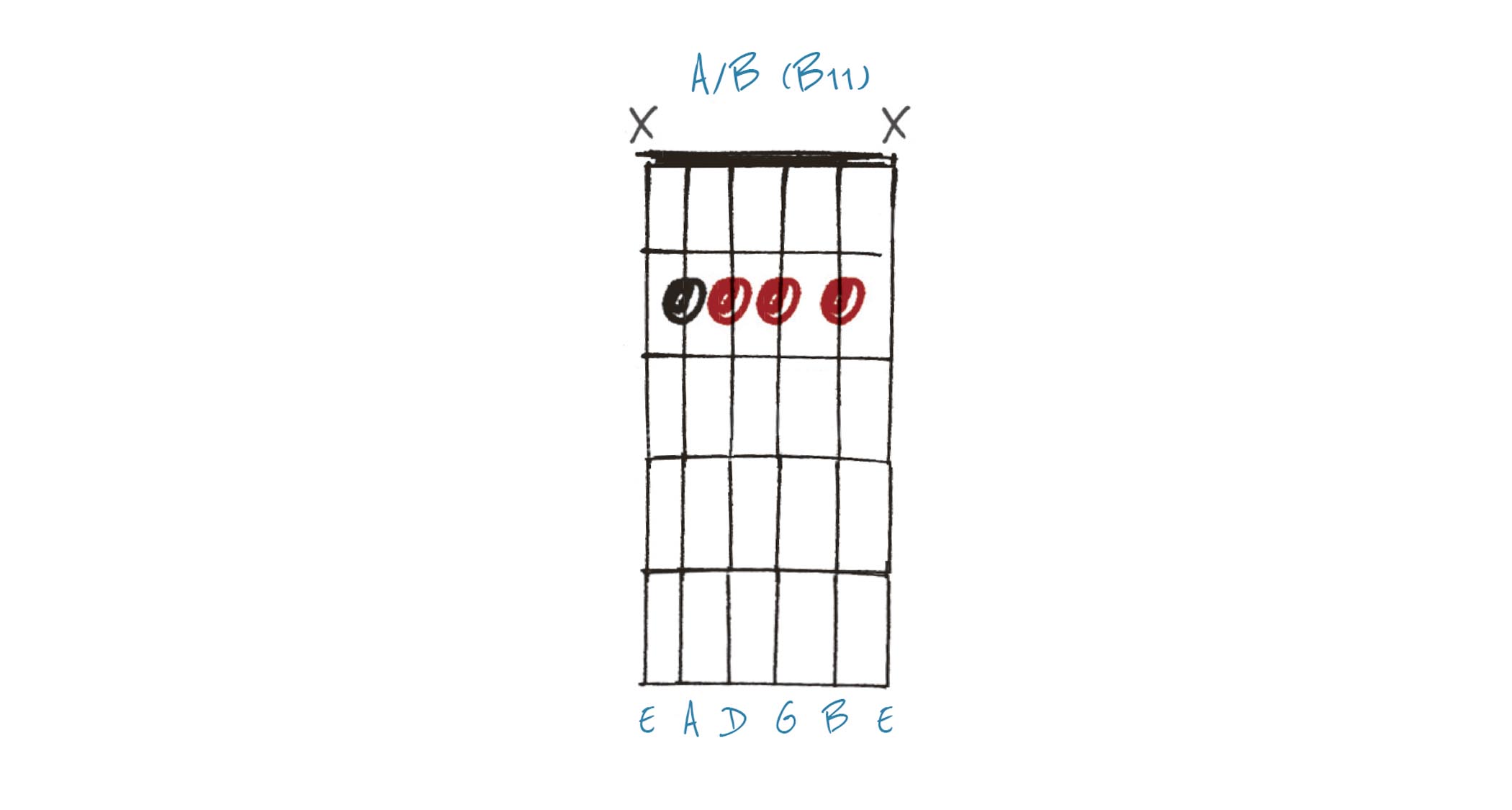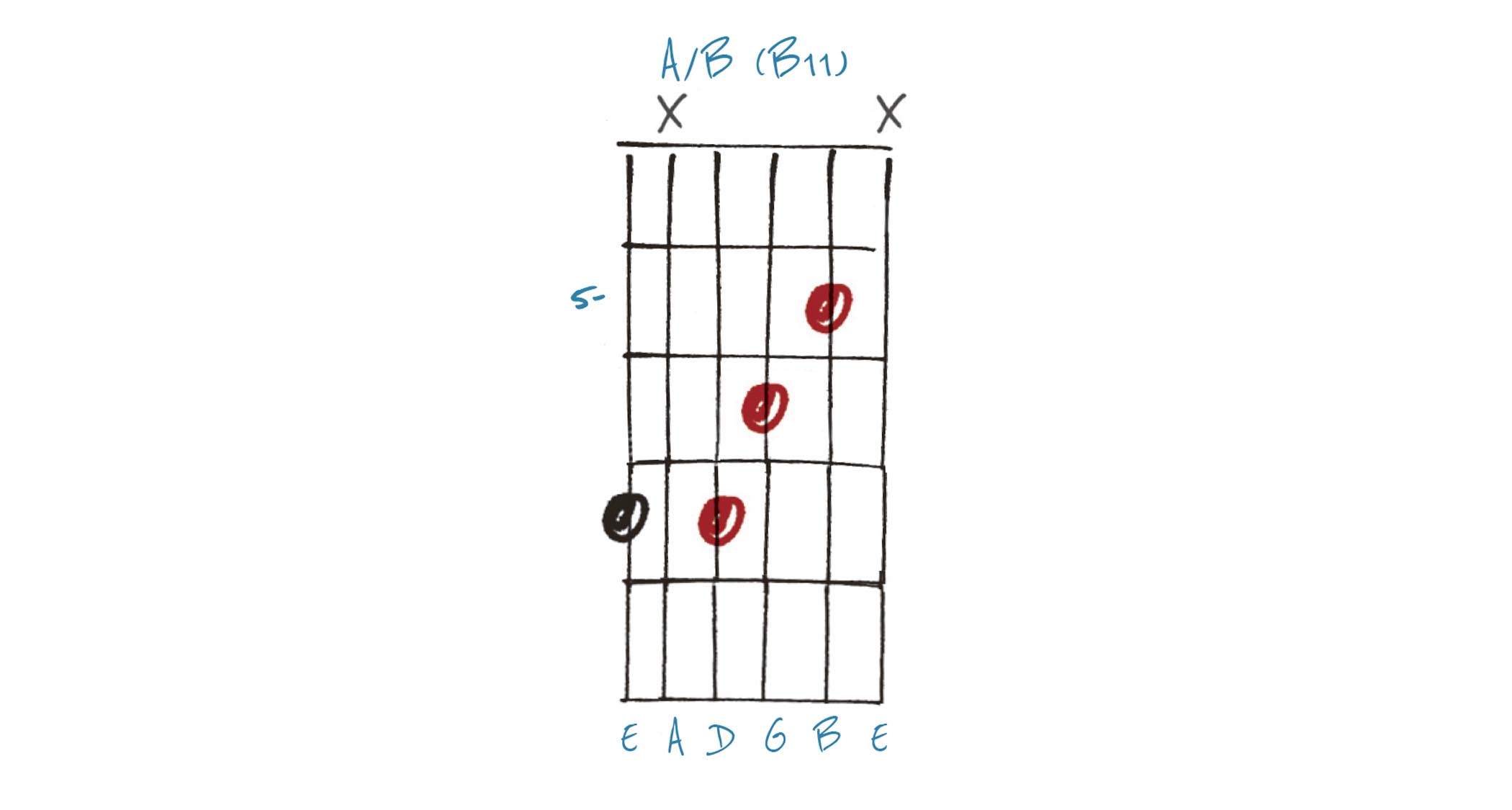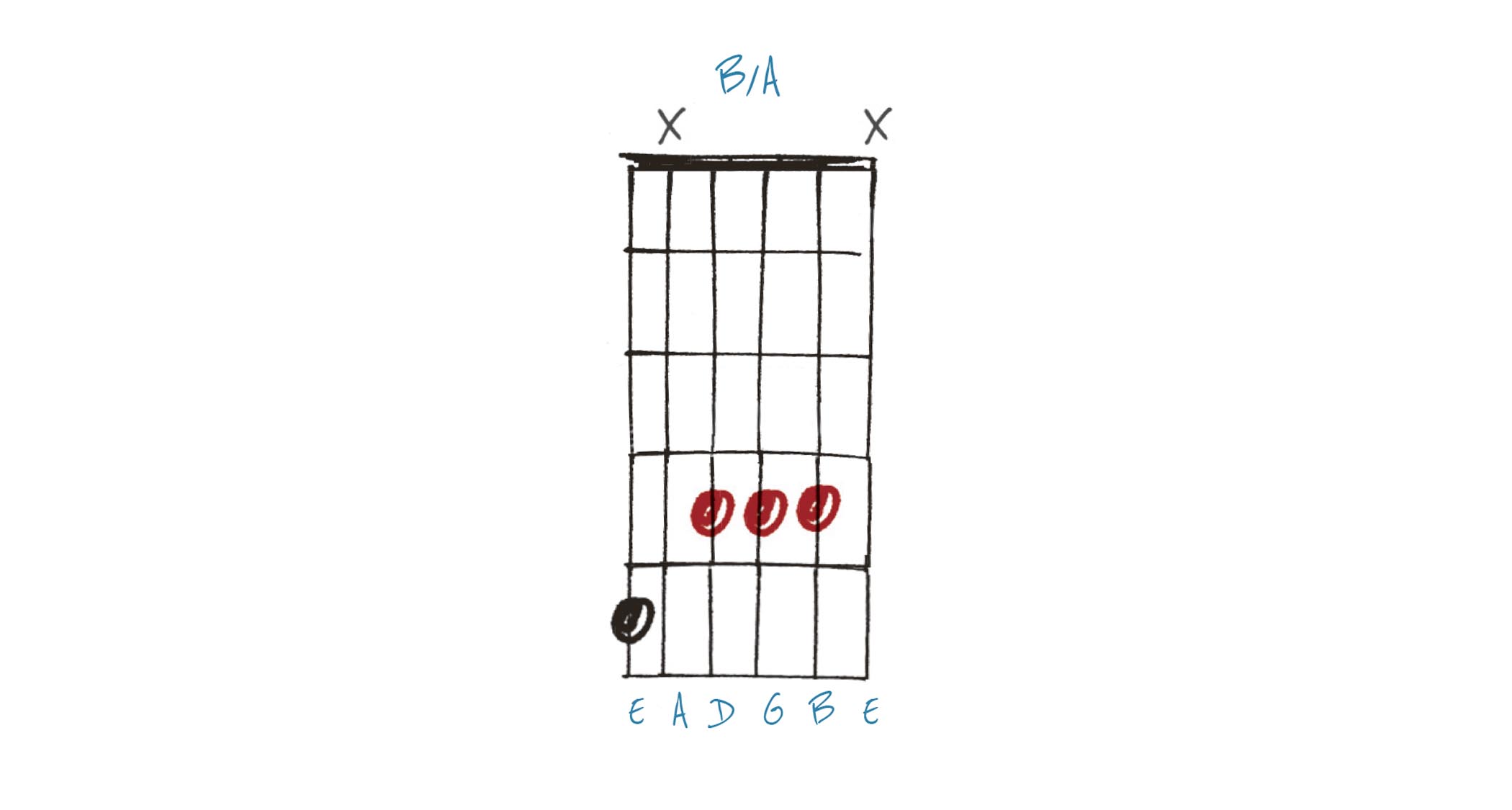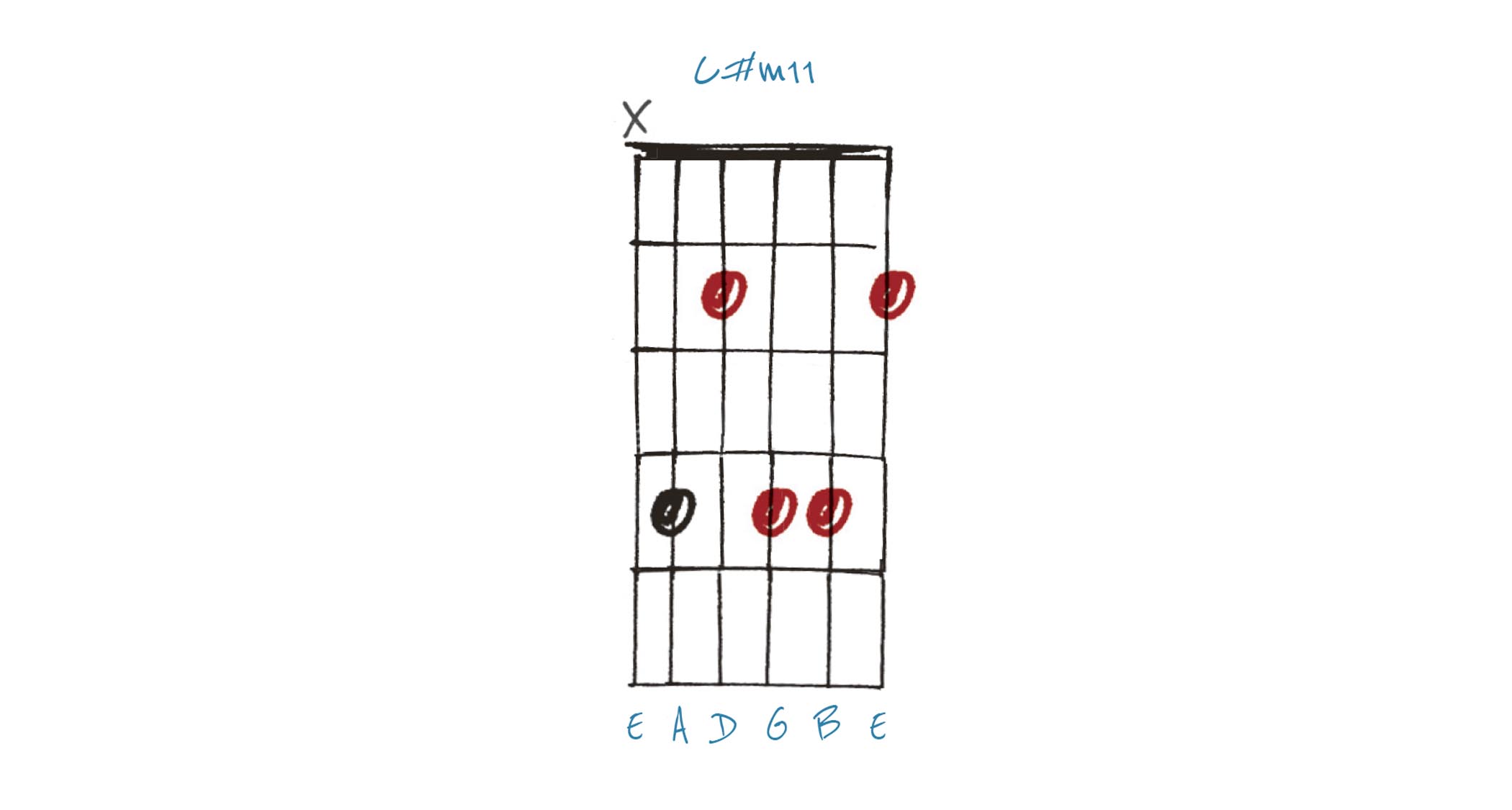
Chords, scales, and harmony are subjects you could spend your whole life studying – and perhaps that complexity and sense of infinite possibilities is what keeps most of us hooked.
There are various ways in which we can approach any one aspect of chords and their extensions, but for this feature I’ve chosen to highlight polychords and slash chords, clarifying what each term means – and what the difference is between them.
A slash chord such as A/B features a triad over a non-root bass note. In this case, an A major with a B in the bass (check out Examples 1 and 2 below). A polychord contains two complete triads played together.
This isn’t always easy on the guitar, but the Em/maj9 (E minor and B major combined) in Example 5 is a great example. The reason for such experimentation isn’t purely academic; hearing and recognizing what’s going on in chords such as this can give us a different insight into harmony than counting through scales to name extensions.
Example 1

You’ll notice this A/B could also be correctly named B11. Why? Well, if we take the B as our root, the A, C#, and E become the b7th, 9th, and 11th. In some contexts, it could make sense to call this a B11, but calling it A/B gives us more of an insight into what’s actually going on harmonically – and this is a good thing.
Example 2

Here’s another A/B. The same applies as Example 1: unless there’s a strong contextual reason to call this B11, it makes sense to use the more intuitive slash chord name. You can solo using A major or F#m pentatonic, B Mixolydian, or A Lydian modes over this chord. Why not give each of these a try?
Example 3

If we reverse the order of chord and bass notes from Examples 1 and 2, we get B/A – a B major triad with an A at the bottom. A is actually the b7th that gives B7 its name, but it has a far stronger effect at the bottom like this, which warrants the different name.
Example 4

This C#m11 has the root (C#) at the bottom, so it isn’t a slash chord. However, if we look at the two lowest notes, C# and E, we have the root and b3rd, which set this up as some kind of C# minor. The B, D#, and F# on the top three strings are the b7th, 9th, and 11th, which happen to form a B major triad. We’re getting into polychord territory here…
Example 5

This Em/maj9 is named according to the usual conventions of extended chords (from low to high): Root-b3rd-5th-maj7th-9th-5th. This is the renowned ‘Bond theme’ chord, with a B on the top. If we look at the lowest three strings, we find E-G-B, an E minor triad. And the top three, B-D#-F#, make a B major triad.







